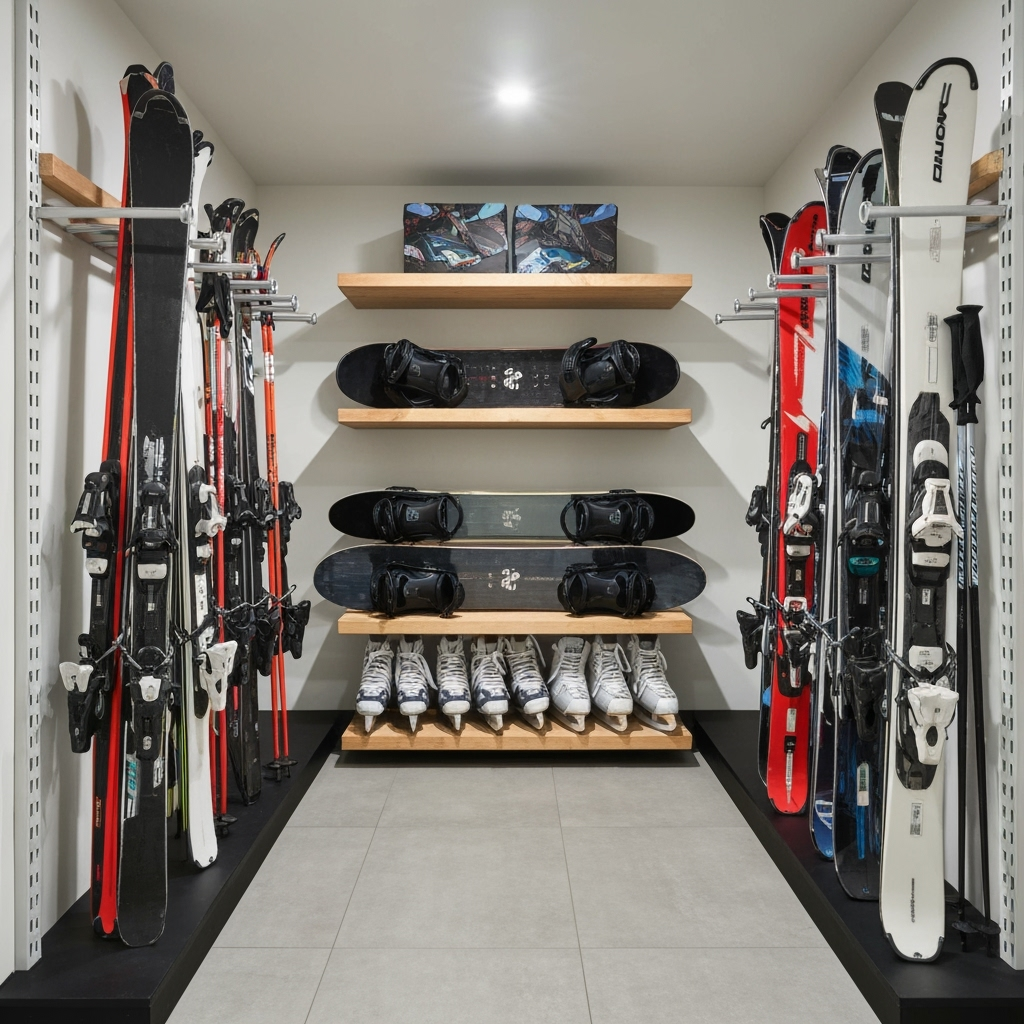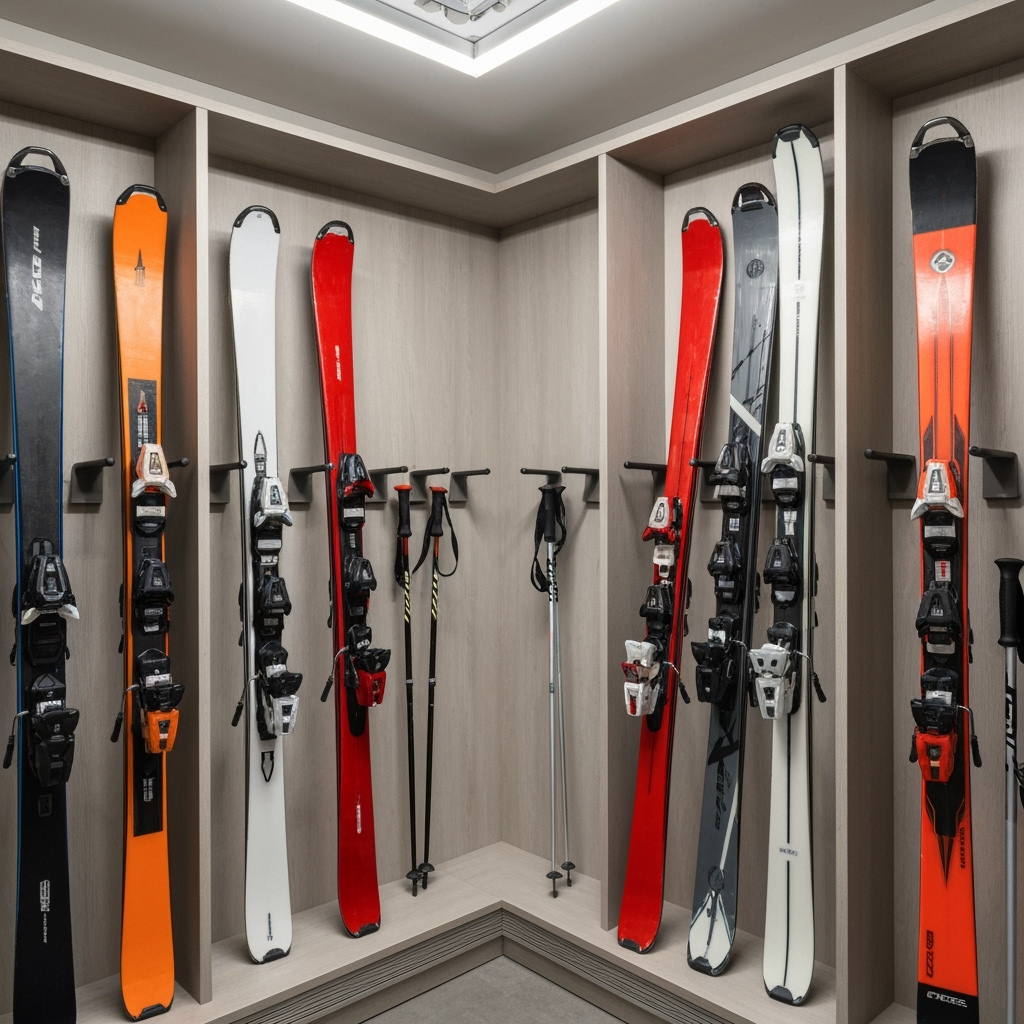
Why Climate-Controlled Storage is Essential for Winter Sports Equipment
Protecting your winter sports investment requires more than just finding a space to store your gear during the off-season. Temperature fluctuations, humidity, and improper storage can significantly impact the longevity and performance of your equipment. This comprehensive guide will help you understand why climate-controlled storage is crucial and how to properly store your winter sports gear.
The Impact of Temperature and Humidity on Winter Sports Equipment
Your winter sports equipment faces several environmental challenges during storage:
- Moisture damage to boots and bindings
- Rust formation on metal components
- Warping of skis and snowboards
- Degradation of protective coatings
- Mold growth in fabric components
Climate-controlled storage units maintain consistent temperature and humidity levels, protecting your equipment from these common issues.

Proper Storage Techniques for Different Equipment Types
Skis and Snowboards
• Clean and dry thoroughly before storage
• Apply storage wax to protect bases
• Store in protective bags or covers
• Position horizontally on specialized racks
• Avoid standing vertically for extended periods
Boots and Bindings
• Clean and dry completely
• Buckle boots loosely to maintain shape
• Use boot trees or stuffing to prevent collapse
• Store in breathable bags
• Keep off concrete floors
Winter Clothing and Accessories
• Wash and dry completely before storage
• Use breathable garment bags
• Avoid vacuum-sealed bags for insulated items
• Store flat or hung properly
• Keep away from direct light
Organizing Your Climate-Controlled Storage Space
Maximize your storage unit’s effectiveness with these organization tips:
- Install proper shelving and racks designed for sports equipment
- Create designated zones for different types of gear
- Use clear storage bins for accessories and small items
- Label everything clearly for easy identification
- Maintain adequate air circulation around all items
Regular Maintenance and Inspection
Even in climate-controlled storage, regular maintenance is essential:
- Check equipment monthly for signs of moisture or damage
- Rotate stored items periodically to ensure even air circulation
- Inspect storage unit for any temperature or humidity issues
- Clean and reapply protective measures as needed
- Document equipment condition with photos
Additional Protection Measures
Enhance your storage strategy with these extra steps:
- Use moisture-absorbing products in storage areas
- Install equipment covers for additional protection
- Consider insurance for valuable equipment
- Keep an inventory list with photos
- Store user manuals and maintenance records together
Making the Most of Your Climate-Controlled Storage Investment
Climate-controlled storage is an investment in protecting your winter sports equipment. Follow these best practices to maximize its benefits:
- Choose the right unit size for proper air circulation
- Monitor temperature and humidity levels regularly
- Keep equipment elevated off the floor
- Maintain organization systems throughout the season
- Plan for easy access during winter months
Conclusion
Proper storage of winter sports equipment in a climate-controlled environment is essential for maintaining its condition and performance. By following these guidelines and utilizing climate-controlled storage solutions, you can protect your investment and ensure your gear is ready for action when the snow starts falling.










Leave a Reply